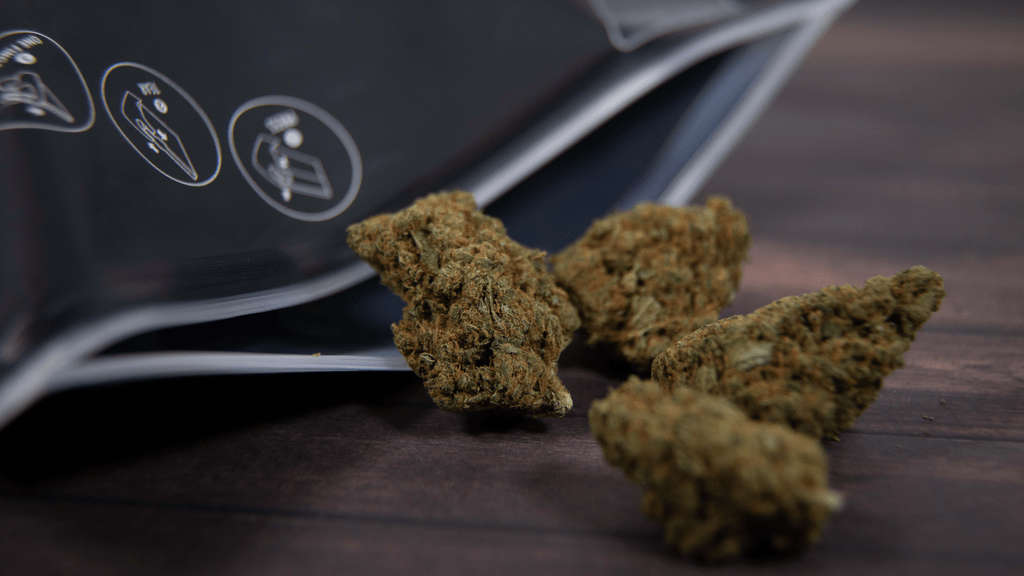The rise of cannabis vaping has sparked a lively debate among consumers, health professionals, and regulators. For many, vaping appears to offer a cleaner, more discreet, and potentially safer alternative to smoking cannabis flower. But does switching from a joint to a vape pen actually reduce health risks? The answer is more complex than it seems.
The Case for Cannabis Vaping
One of the most compelling arguments for vaping lies in how cannabis is consumed. Traditional smoking involves combustion, which creates tar, carcinogens, and other harmful byproducts that irritate the lungs. Vaporizers, on the other hand, heat cannabis flower or oil at lower temperatures, releasing cannabinoids and terpenes without burning the plant matter.
This process can reduce exposure to toxins typically associated with smoke inhalation. Some studies suggest that cannabis vapers report fewer respiratory symptoms, such as chronic cough or phlegm buildup, compared to those who smoke flower. For individuals concerned about long-term lung health, this reduced exposure may be an attractive benefit.
The Risks Behind the Vapor
Despite these potential advantages, vaping is not risk-free. The safety of cannabis vapes largely depends on the quality of the product. Illicit or poorly regulated cartridges have been linked to serious health conditions, such as EVALI (E-cigarette or Vaping Product Use-Associated Lung Injury), which gained national attention in 2019. Many of these cases were tied to unregulated products containing vitamin E acetate, a harmful additive.
Even within regulated markets, concerns remain about heavy metals, residual solvents, and thinning agents in some vape oils. While testing standards have improved, inconsistencies across states leave room for potential risks. Additionally, vaping delivers highly concentrated doses of THC, which can increase the risk of overconsumption or dependency for some users.
Smoking Flower: The Traditional Route
For cannabis purists, smoking flower offers a full-spectrum experience. Combustion releases not only THC and CBD but also a broader mix of cannabinoids and terpenes, creating the so-called “entourage effect.” Many consumers feel smoking provides effects that are more natural or holistic compared to vape oils, which are often refined or processed.
However, smoking undeniably exposes users to tar and toxins. Long-term smoking of any plant material, including cannabis, can irritate the lungs and contribute to respiratory issues. While cannabis smoke does not contain nicotine, it still introduces harmful particulates into the respiratory system. For those with pre-existing conditions like asthma or COPD, smoking may exacerbate health concerns.
Weighing Culture and Lifestyle
Health is not the only factor driving the debate. Vaping has gained popularity with younger generations, who value convenience, portability, and discretion. Vape pens emit less odor and can be used in social settings without the same stigma or attention as smoking a joint. On the other hand, smoking flower carries cultural significance, often tied to rituals of rolling, sharing, and bonding—an experience many feel vaping cannot replace.
So, Which is Safer?
Ultimately, the question of whether cannabis vapes are safer than smoking flower depends on perspective and context. Vaping may reduce some respiratory risks compared to smoking, but it introduces new safety concerns tied to product quality and regulation. Smoking offers tradition and authenticity but carries well-documented risks from combustion.
The safest approach? Consumers should buy from licensed dispensaries, verify lab testing, and choose products that match their health needs and lifestyle. Neither method is entirely risk-free, but informed choices can help minimize potential harm while maximizing enjoyment.
Read here for a beginner’s guide to cannabis vape cartridges.


